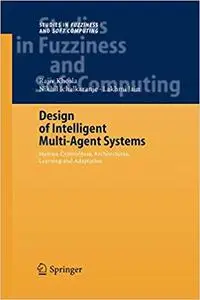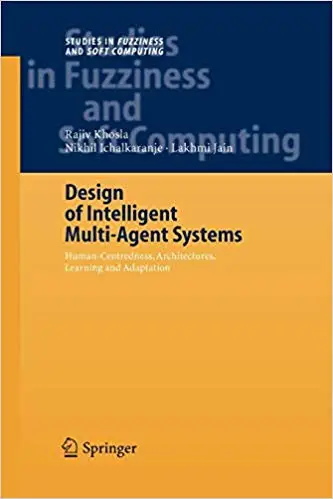Rajiv Khosla, Nikhil Ichalkaranje, "Design of Intelligent Multi-Agent Systems: Human-Centredness, Architectures, Learning and Adaptation"
English | 2004 | ISBN: 364206177X | PDF | pages: 462 | 15.4 mb
English | 2004 | ISBN: 364206177X | PDF | pages: 462 | 15.4 mb
There is a tremendous interest in the design and applications of agents in virtually every area including avionics, business, internet, engineering, health sciences and management. There is no agreed one definition of an agent but we can define an agent as a computer program that autonomously or semi-autonomously acts on behalf of the user. In the last five years transition of intelligent systems research in general and agent based research in particular from a laboratory environment into the real world has resulted in the emergence of several phenomenon. These trends can be placed in three catego ries, namely, humanization, architectures and learning and adapta tion. These phenomena are distinct from the traditional logic centered approach associated with the agent paradigm. Humaniza tion of agents can be understood among other aspects, in terms of the semantics quality of design of agents. The need to humanize agents is to allow practitioners and users to make more effective use of this technology. It relates to the semantic quality of the agent design. Further, context-awareness is another aspect which has as sumed importance in the light of ubiquitous computing and ambi ent intelligence. The widespread and varied use of agents on the other hand has cre ated a need for agent-based software development frameworks and design patterns as well architectures for situated interaction, nego tiation, e-commerce, e-business and informational retrieval. Fi- vi Preface nally, traditional agent designs did not incorporate human-like abilities of learning and adaptation.



